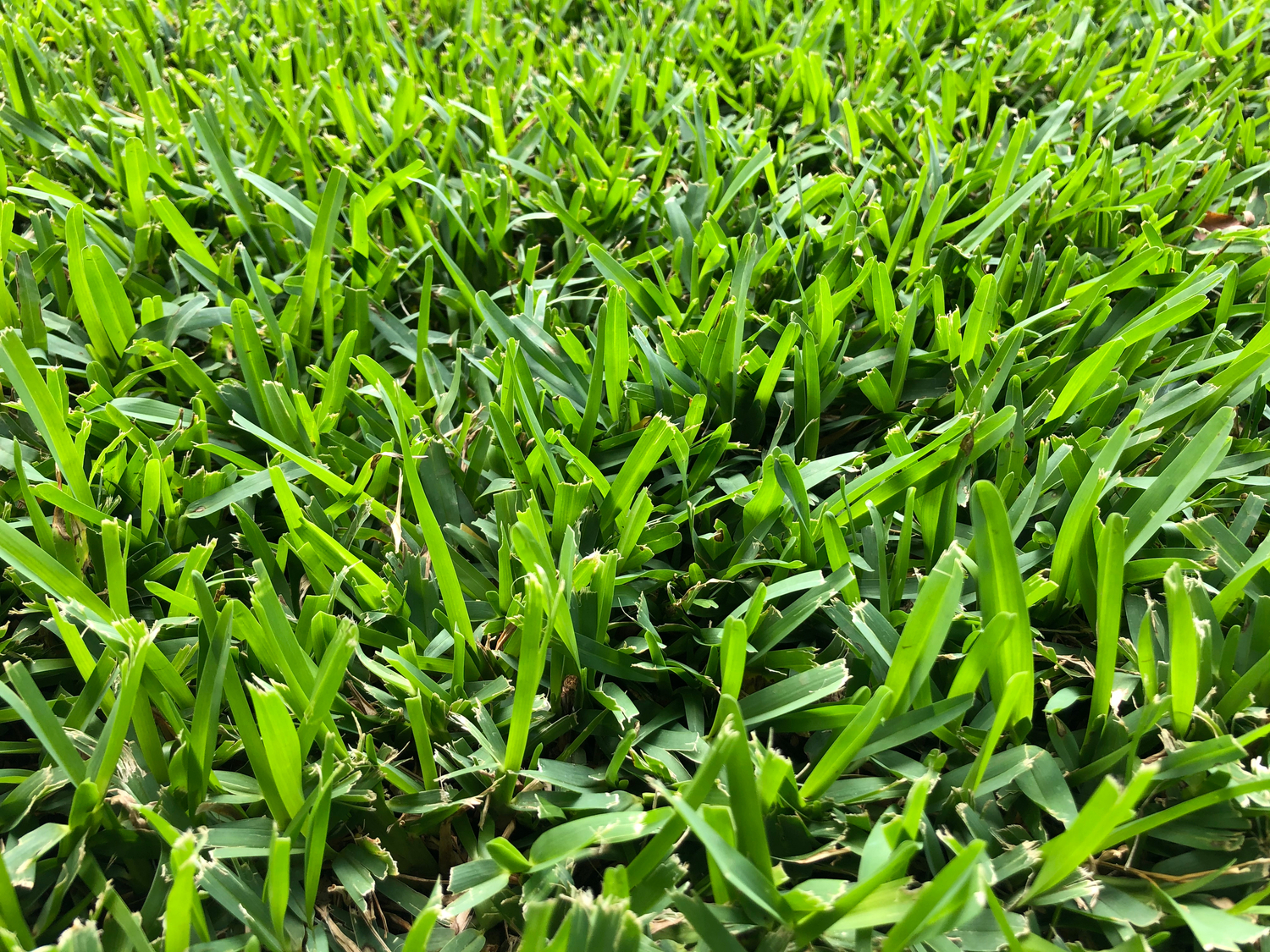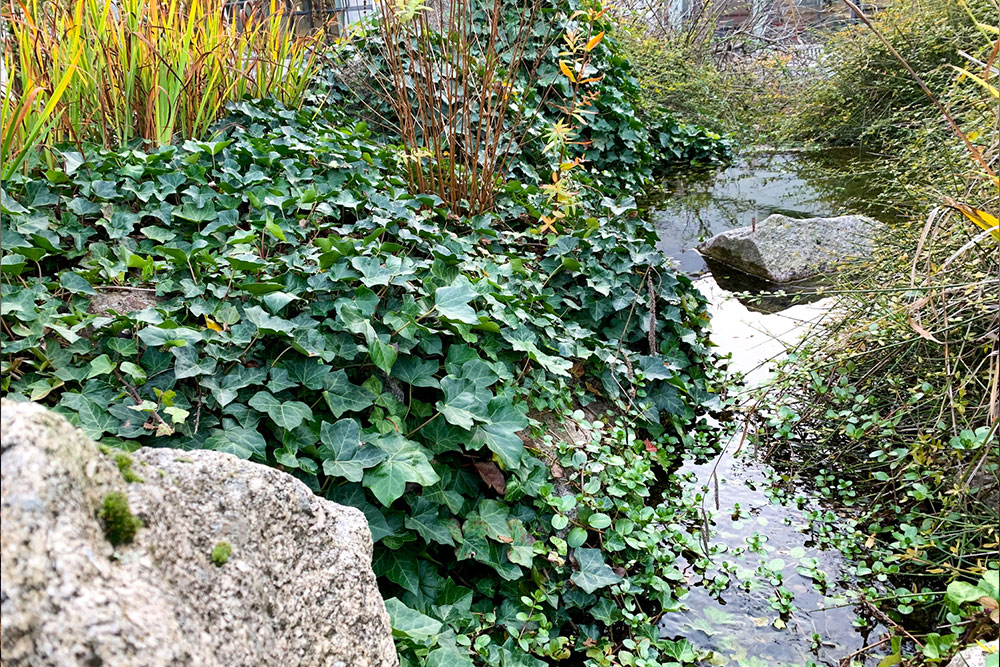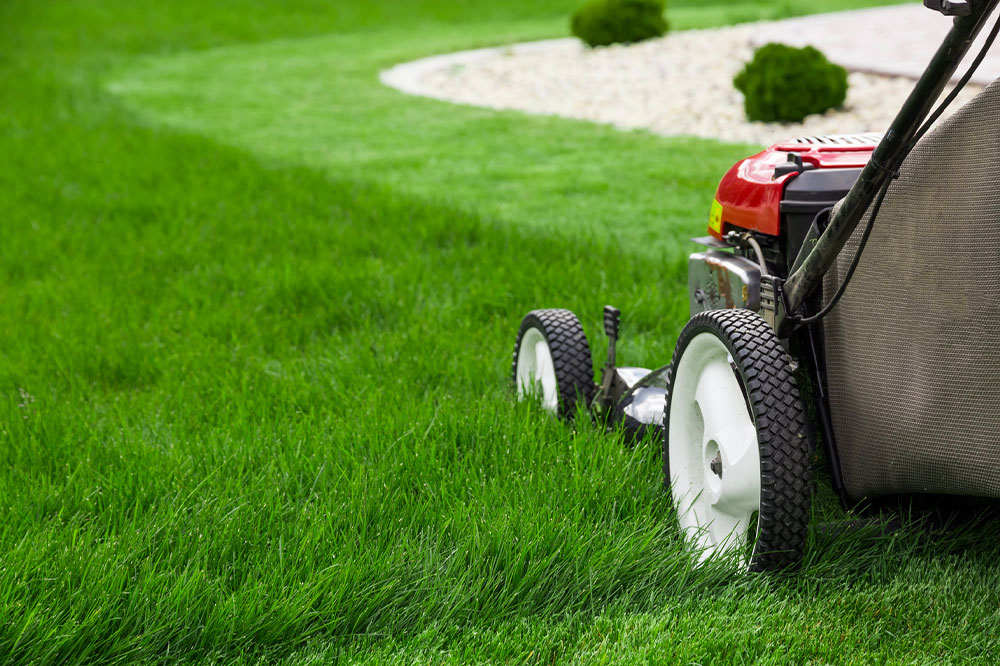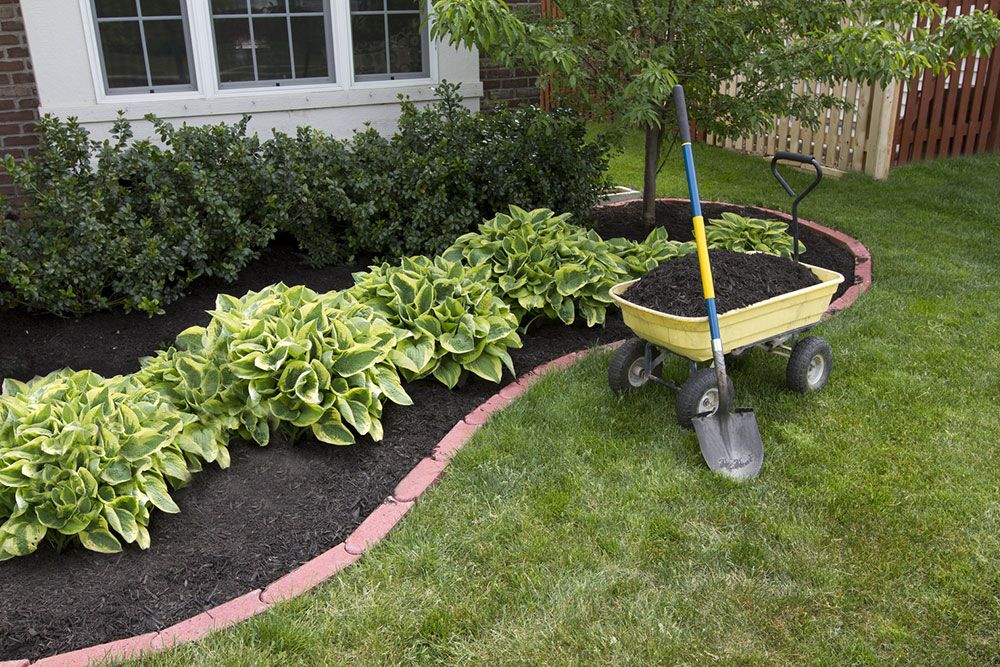Effective Strategies to Eradicate Pampas Grass Quickly
Learn effective and eco-friendly methods to eliminate pampas grass from your yard quickly, including pruning, herbicide treatment, sheet mulching, manual removal, soil solarization, and professional services. These strategies promote healthy landscapes by controlling invasive growth and preventing re-establishment.
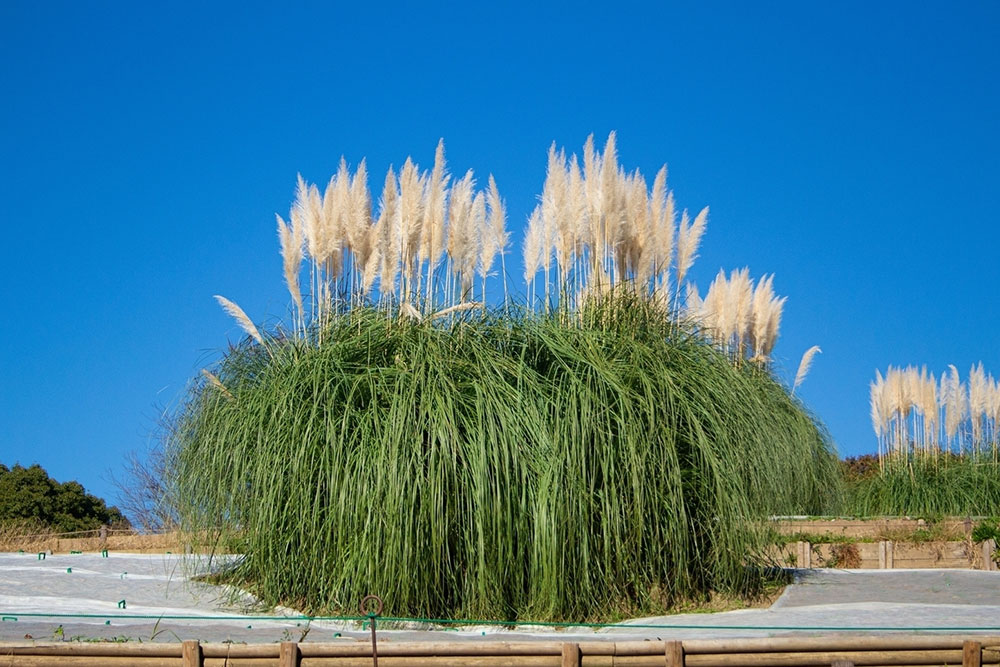
Effective Strategies to Eradicate Pampas Grass Quickly
Pampas grass is a tall, ornamental grass known for its feathery plumes, but it can become invasive in gardens and landscapes. In some regions, authorities classify it as an invasive species due to its tendency to outcompete native flora and reduce biodiversity. If infesting your yard, it may overshadow other plants, block sunlight, and spread rapidly. Here are five proven methods to remove pampas grass efficiently and permanently.
Cutting Back Pampas Grass
Pruning before seed dispersal is crucial for long-term control. Cut flower heads just below the seed pods using sharp shears, and dispose of the removed material securely. Protective gear such as gloves, long sleeves, and goggles is recommended to prevent injury from sharp blades.
Apply targeted herbicides
For fast results, selectively spray herbicides like glyphosate on the cut stalks and surrounding regrowth. Cutting the grass beforehand encourages the roots to absorb chemicals, leading to gradual decline. To prevent chemical drift, cover nearby desirable plants with protective sheeting and avoid windy days. Always follow manufacturer instructions for safe and effective application.
Use sheet mulching approach
This eco-friendly method involves placing cardboard over infested areas, topped with mulch. The cardboard suppresses weed growth and, over time, decomposes into enriching soil. Before starting, trim existing plants and water thoroughly. Keep the mulch in place for at least a year to ensure the pampas grass is eradicated, resulting in nutrient-rich, weed-free soil suitable for planting new vegetation.
Manually remove young plants
Small, immature pampas grass clumps can often be pulled out by hand, especially after rainfall when soil is softened. Grasp the base firmly and tug sharply to extract the whole root system. Preserving the root crown is vital to prevent regrowth. Regular monitoring and removal of new shoots help keep the infestation under control.
Implement soil solarization
This natural control method involves covering the area with a clear plastic sheet during peak summer months to harness solar heat. Baked soil kills roots and seedlings without chemicals. Ensure that the pampas grass is cut down and the plastic is tightly secured with weights or stones. Leave the tarp in place for three months for optimal effectiveness.
Manual excavation of roots
Digging out mature pampas grass involves cutting large bunches at ground level, then loosening soil with tools like shovels or pickaxes. Carefully extract the entire root system to prevent regrowth. Filling the holes with compost or new plants discourages future sprouting and restores the landscape.
Consult professional removal services
For extensive infestations, seeking expert help is advisable. Professionals possess specialized equipment and knowledge of herbicide protocols to ensure complete removal. They can assess the site, devise a tailored removal plan, and often guarantee results. Contact local garden centers or lawn care providers for reputable service providers.
Note:
Our blog offers practical insights across various topics. While we strive for accuracy, information provided should not replace expert advice. We disclaim responsibility for discrepancies or omissions and recommend consulting professionals for complex plant removal issues.

